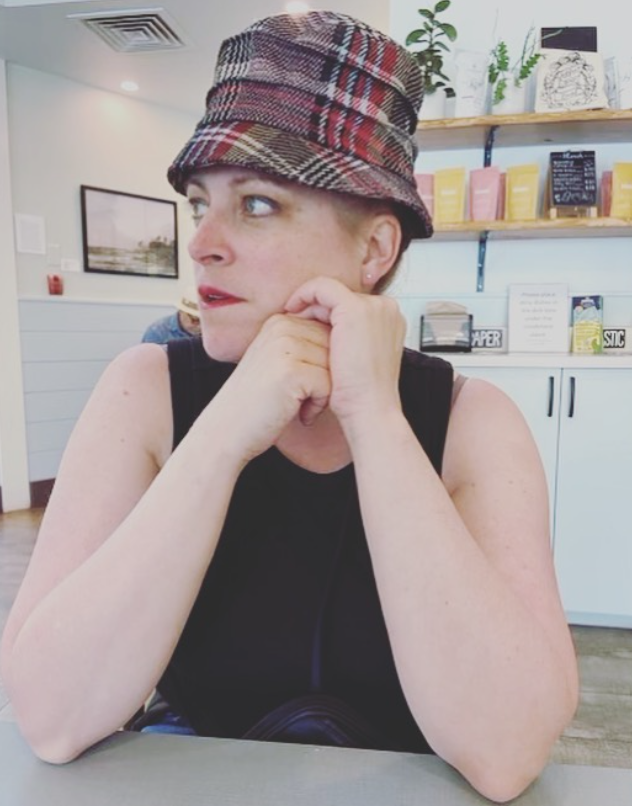Oprah, Earl Spencer, Writing Tip…Oh My!
While reminiscing, I often come away with ideas for living an authentic life.
BUT …this week I was blessed with a writing tip.
I call it “Craft Your Reaction – Like An Earl!”
Earl Spencer was on. Remember Earl?
Not this one.
This one.
Yes, he gave the best Eulogy at his sister Lady Diana’s funeral.
But what I love about him the most is…he is a writer.
I found an interview with him at Telegraph where he shared this advice.
His best advice ever…
When I worked for NBC, a veteran radio correspondent told me there are only three reactions you want from your audience: “Hey, that’s me; hey, I wish that was me; and hey, I’m glad that’s not me”. – Earl Spencer
What I love… is that this advice helps writers understand ways to craft a connection for their readers.
I see this strategy working naturally or intentionally.
TIP #1: Write for yourself and hope for a connection. (Naturally)
For example: Here is a story about a kid winning a jelly bean contest.
The Jelly Bean Contest (Sample Story)
It was the last day of the summer and the Jelly Bean contest drawing was today. I raced over to the library in the hopes that my name would be called.
The librarian announced ,”Nelson Henry! Your guess of 750 Jelly Beans was the closest to the actual count of 789. Way to go, you won!”
I ran home with the jar.
Natural Connections
- One reader might remember winning a jelly bean contest and think “Hey, that’s me!”
- One reader might have lost many jelly bean contests and think. “Hey, I wish that was me.”
- One reader might have gotten sick from eating too much candy in the past and think, “Hey, I’m glad that’s not me.”
Yet, this is relying on the audience to naturally connect to the story. Which is not bad, it is, what it is.
BUT – I also see this another way.
TIP #2 : Write for yourself but craft the reaction that you want. (Intentionally)
A writer can force the reaction they want the reader to have by using added details.
Added details – VERSION ONE- The Jelly Bean Contest (Hey, that’s me!)
It was the last day of the summer and the Jelly Bean contest drawing was today. I raced over to the library in the hopes that my name would be called.
The librarian announced ,”Nelson Henry! Your guess of 750 Jelly Beans was the closest to the actual count of 789. Way to go, you won!”
I ran home with the jar. I couldn’t wait to show my older brother, he thought the contest was dumb. I would show him.
(The added detail might encourage the reader to relate to the experience of sibling quarrels, past or present)
Added details – VERSION TWO -The Jelly Bean Contest (Hey, I wish that was me!)
It was the last day of the summer and the Jelly Bean contest drawing was today. I raced over to the library in the hopes that my name would be called.
The librarian announced ,”Nelson Henry! Your guess of 750 Jelly Beans was the closest to the actual count of 789. Way to go, you won!”
I ran home with the jar. I couldn’t wait to show my older brother, he thought the contest was dumb. I would show him. When I got home there was a news truck in front of my house.
“Nelson!” said mom, “Guess what? They want to put you on the news! I guess you are the youngest patron at the library to win a Jelly Bean contest.”
My brother came over and smiled, “Not too shabby, Nelson.”
(The added detail might encourage the reader to relate to the excitement of being on the news, “Hey, I wish that was me.”)
Added details – VERSION THREE – The Jelly Bean Contest (Hey, I’m glad it’s not me! )
It was the last day of the summer and the Jelly Bean contest drawing was today. I raced over to the library in the hopes that my name would be called.
The librarian announced ,”Nelson Henry! Your guess of 750 jelly beans was the closest to the actual count of 789. Way to go, you won!”
I ran home with the jar. As I was turning the corner, a large dog ran into me. The jelly jar flew up in the air. Then the jelly jar crashed down. The jelly beans went every where. As the dog nibbled on them, I sat on the curb and cried.
(The added detail might encourage the reader to sympathize with the character. While there still might be a “Hey, that’s me!” connection, it’s also likely to be a “Hey, I’m glad that’s not me” connection.)
Here’s the tip again.
Let me know how it works for you.
Talk to you soon,
Brandi









